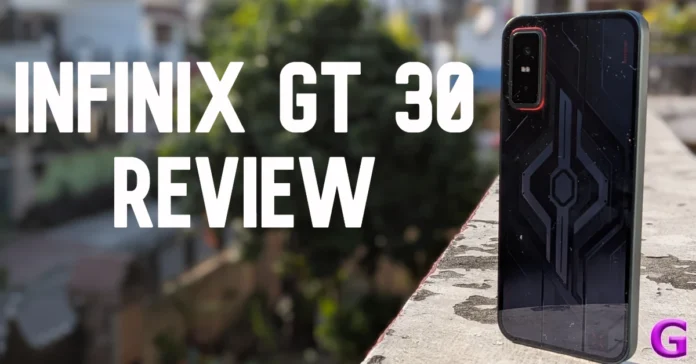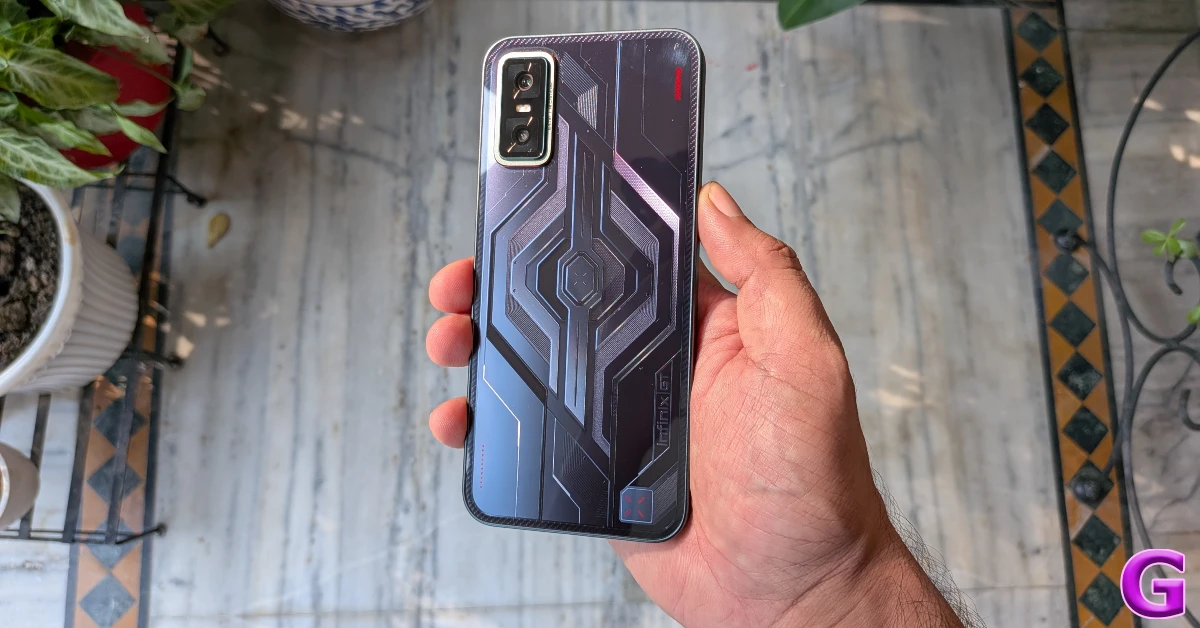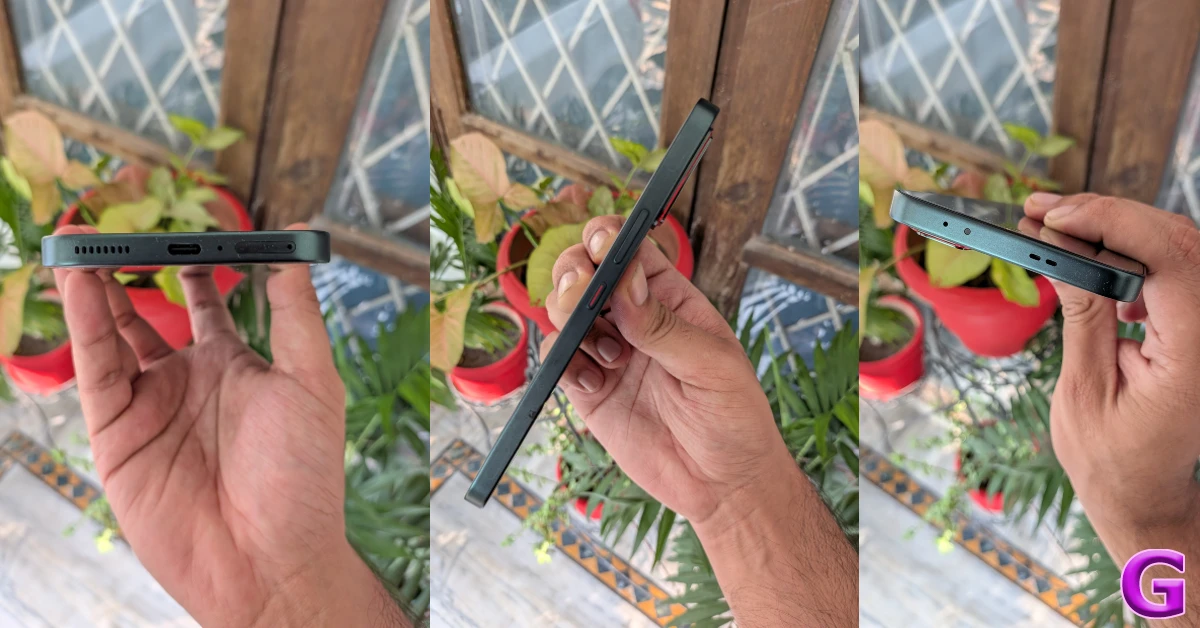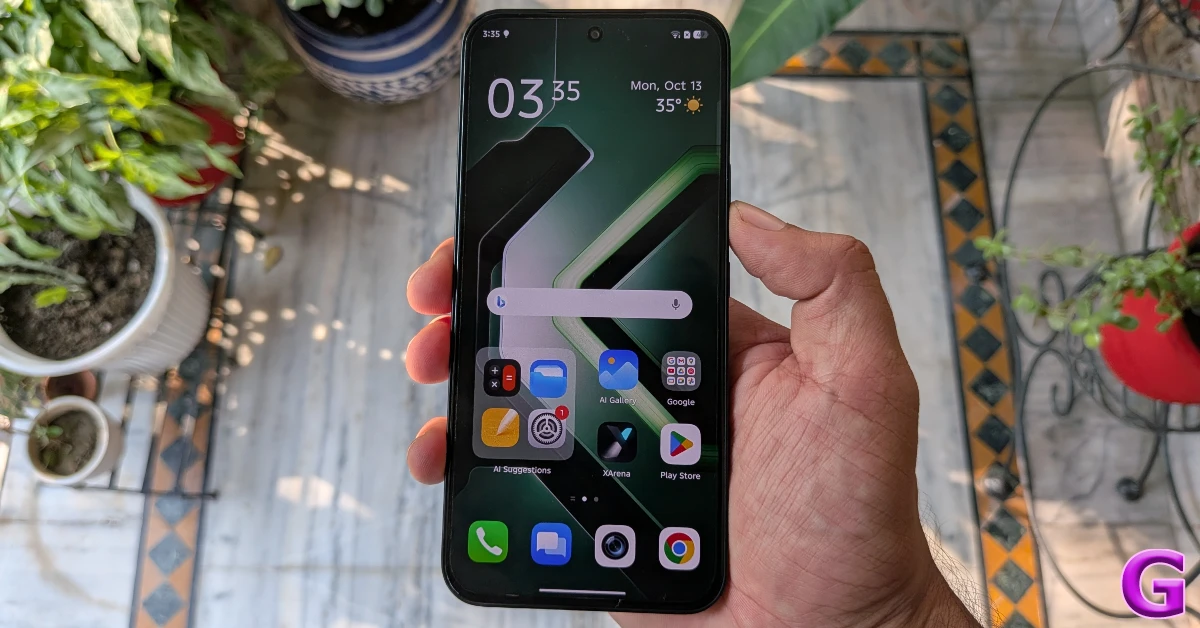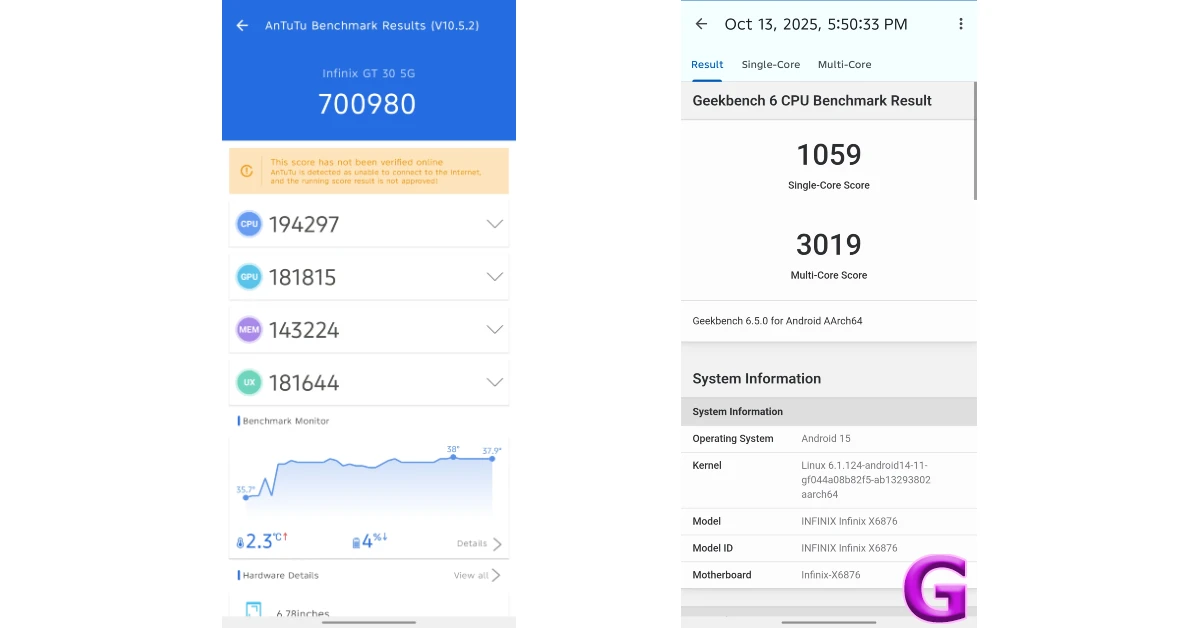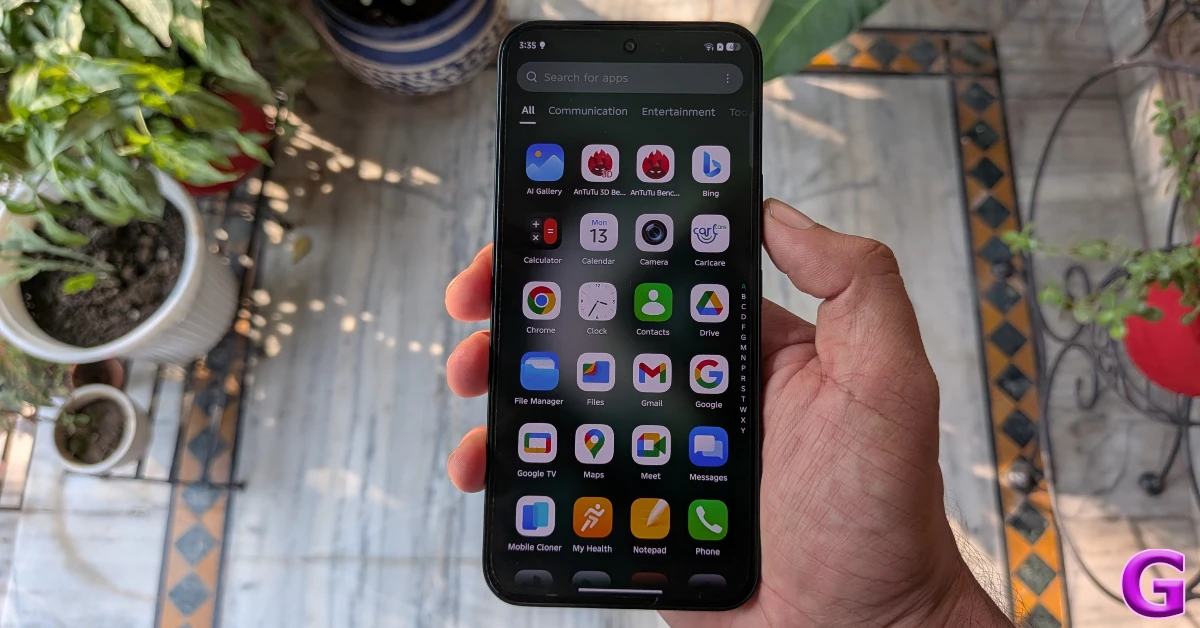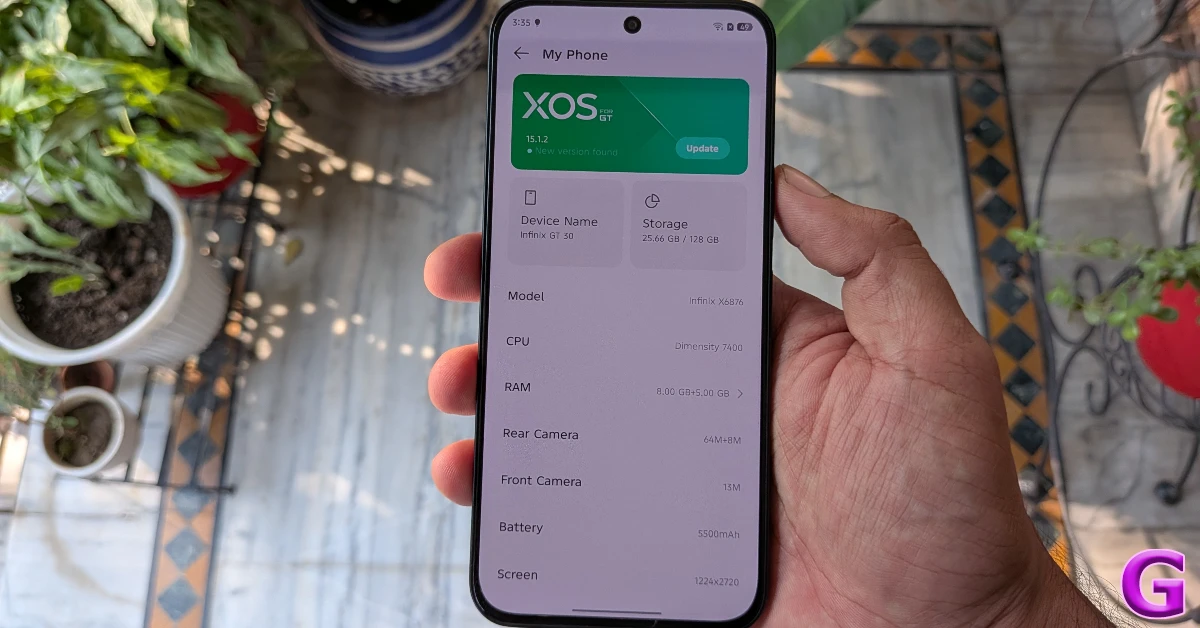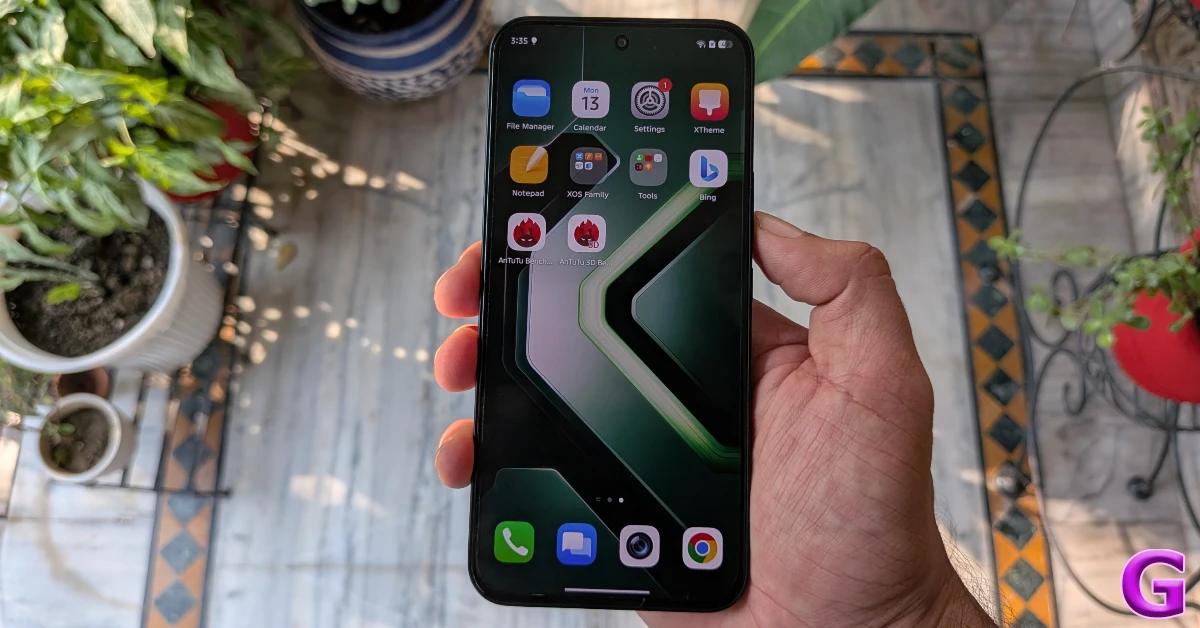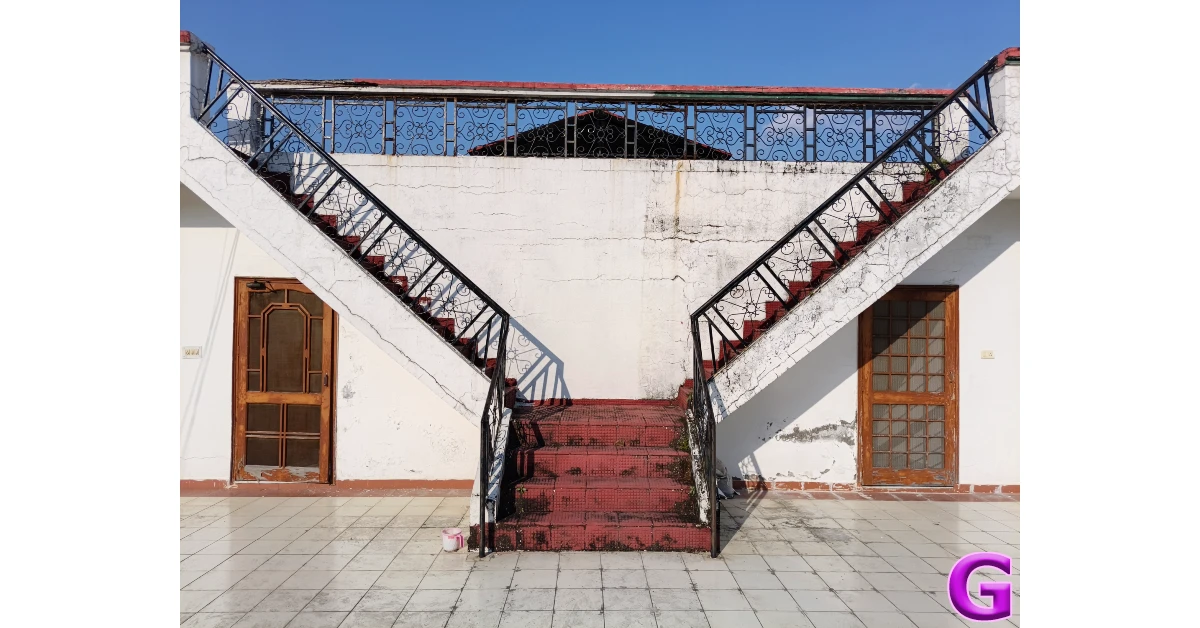Infinix’s GT 30 series has breathed new life into the budget gaming segment this year. Back in June, we reviewed the Pro model in the series and found it to be an amazing deal at Rs 25,000. Its pressure-sensitive shoulder triggers added a new dimension to the standard gaming experience and gave it a unique edge in a segment that hasn’t seen anything riveting in years. Now, we turn our attention to the vanilla model in the series. The good news is that this variant retains most of the Pro features like shoulder triggers, LED lighting, Bypass charging, and VC cooling. It is priced just under Rs 20,000, which makes it one of the better gaming devices in its price bracket. We used it for a week to find out if it’s the real deal. Here is our in-depth review of the Infinix GT 30.
Read Also: Sol’s RNG Codes (October 2025)
In This Article
Infinix GT 30 Review: Design and Display
Before we dive into the design and form factor of the GT 30, let’s take a look at what you get inside its retail box:
- Smartphone
- 45W power adapter
- USB Type-A to Type-C cable
- Clear plastic cover
- SIM ejector
- GT Verse invite card
- User manual
- Warranty card
The GT 30 follows the design language of the Pro model. Infinix calls it the ‘Mecha 2.0’ design. Integrated with this design are 4 customisable lighting strips. These mechanical light waves spring into action when you receive a text or call, launch a game, put your phone on charge, play music, trigger the timer while taking a picture, and summon the AI assistant. You can customise their behaviour from device settings. The rectangular camera island is positioned on the top left section of the back panel. It does not cause any significant wobble. The smartphone comes in 3 colour variants – Pulse Green, Cyber Blue, and Blade White.
The plastic frame holds two pressure-sensitive shoulder triggers on its right edge. Between these two triggers lie the volume rocker and the side button. The SIM tray, primary microphone, USB-C port, and primary speaker grille are positioned on the bottom edge. The secondary speaker, IR blaster, and noise-cancelling microphone are placed up top.
The vanilla variant shares its display with the Pro model. This 6.78-inch AMOLED panel has a 144Hz refresh rate and can reach a peak brightness of 4,500 nits. It can hold its own under direct sunlight, easily reaching the optimum level of brightness to make the content on the screen perfectly legible. The touch response is smooth as butter. The bezels surrounding the screen are thin and uniform – something that is still not the norm in this segment. The optical fingerprint scanner is snappy and accurate.
During the review period, we used the Infinix GT 30 to stream TV and movie titles on OTT apps like Netflix, JioHotstar, and Prime Video. The AMOLED display, with its 1,224 x 2,720p resolution, produced detailed visuals with deep colours. There’s DRM Widevine L1 support for HD content. The audio output is well-balanced but a little faint.
Infinix GT 30 Review: Performance and Cameras
Powering the GT 30 is the MediaTek Dimensity 7400 processor. This is a respectable chipset for a smartphone in the sub-Rs 20,000 price bracket. There are 2 storage (UFS 2.2) variants on offer with fixed 8GB RAM (LPDDR5X):
- 128GB: Rs 18,499
- 256GB: Rs 19,999
We ran a couple of benchmark tests on this phone. Here’s how it performed.
- AnTuTu 3D: 700,980
- Geekbench 6: 1,059 (single-core) | 3,019 (multi-core)
The GT 30 runs through routine tasks like a hot knife through butter. The LPDDR5X RAM configuration lets you juggle multiple apps at once without hitting a snag. The UFS 2.2 storage configuration is a couple of notches below the Pro variant (UFS 4.0), but the difference in performance isn’t significant. We were particularly impressed by the smooth and fluid general usage experience. The GT 30 is a tier above its peers in this regard. Even the typing experience felt a level above other phones in this category.
The MediaTek Dimensity 7400 chipset is able to run titles like Call of Duty and BGMI in medium to high graphics. You can unlock a 90fps frame rate in BGMI. The gameplay is smooth and consistent. We did not come across a single frame drop during our time with the device. The shoulder triggers can be used to fire rounds or carry out preset combinations. They are far from a gimmick. The 3D Vapor Chamber cooling system covers a 5,400mm² area with 6 layers of copper, graphite, and stainless steel.
OS duties on this device are handled by the Android 15-based XOS 15. Infinix’s custom Android skin has taken a big leap this year. Its design elements are inspired by HyperOS and ColorOS/OxygenOS. However, our favourite thing about this skin is how well-optimised it is. The interface feels light, airy, and smooth. Everything from screen transitions to animations for app launching/minimising is very fluid.
The Infinix AI suite offers features like Call Assistant, Translation Assistant, Writing Assistant, AI Note, Recording Summary, AI Eraser and more. You also get Google’s Circle to Search on this device. The AI Eraser in the native Photos app does a decent job of removing unwanted objects from images. The Auto-Answer and Real-Time Translation features for cellular calls work pretty well. AI Note was one of the features that felt like a gimmick. It can convert rough sketches to images, but the final results are quite unimpressive.
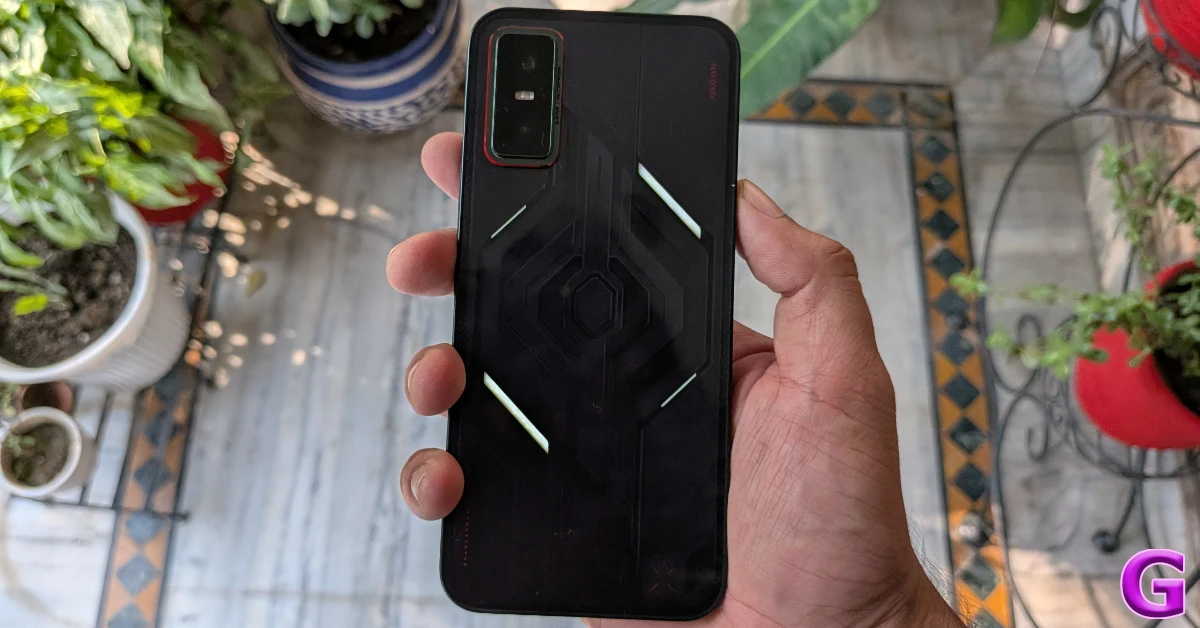
The 5,500mAh under the hood of this device can last an entire day with ease. During the review period, our daily screen time on the Infinix GT 30 ranged between 4-5 hours. We ended each day with ~25% charge left in the tank. The 45W power adapter provided in the box takes just under an hour to fully charge the phone.
The rear camera panel on this phone houses a 50MP Sony IMX682 primary sensor and an 8MP ultrawide lens. A 13MP front-facing sensor is nestled inside a punch-hole cutout on the display.
The 50MP primary shooter captures good pictures in outdoor daylight conditions. These images pack all the important important and showcase punchy colours. The dynamic range and contrast are good, too. In limited lighting conditions, the ‘Super Night’ mode in the native Camera app does a good job of illuminating the shot and getting rid of most of the grain.

Images captured from the 8MP ultrawide lens are a touch softer than the one’s shot from the primary shooter. However, their colour palette is quite warm and fun. Needless to say, this sensor rightfully holds its spot in the rear camera array and isn’t just there to fill up the space. In limited lighting conditions, the Super Night mode illuminates the ultrawide shots and ascribes them vibrant colours, but the results are significantly grainier.
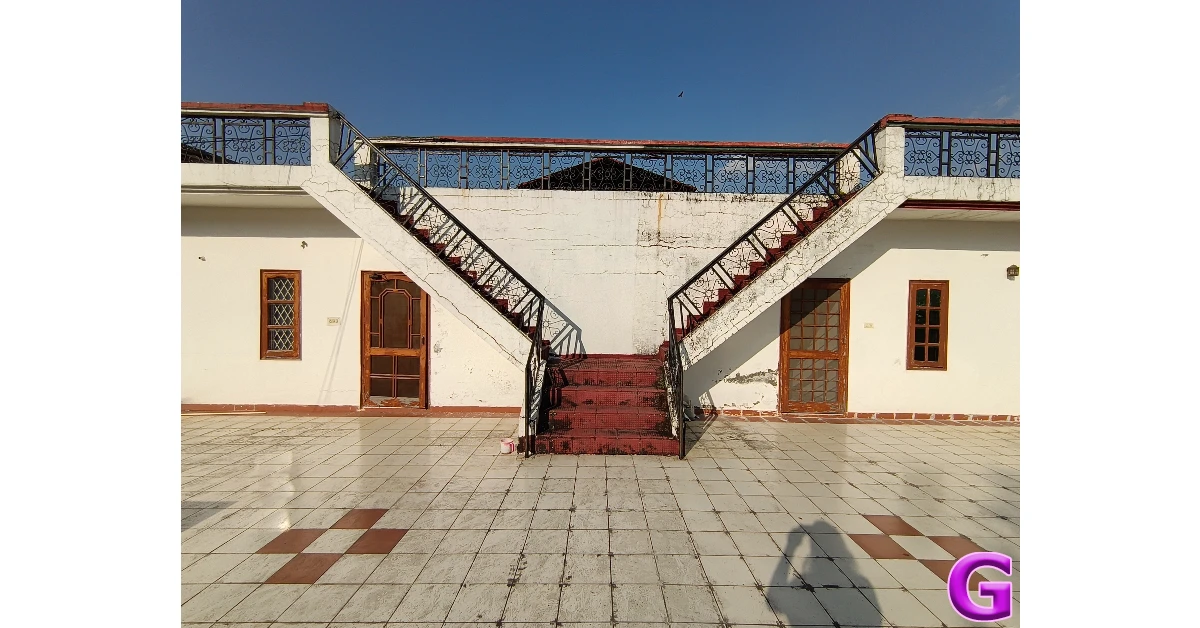
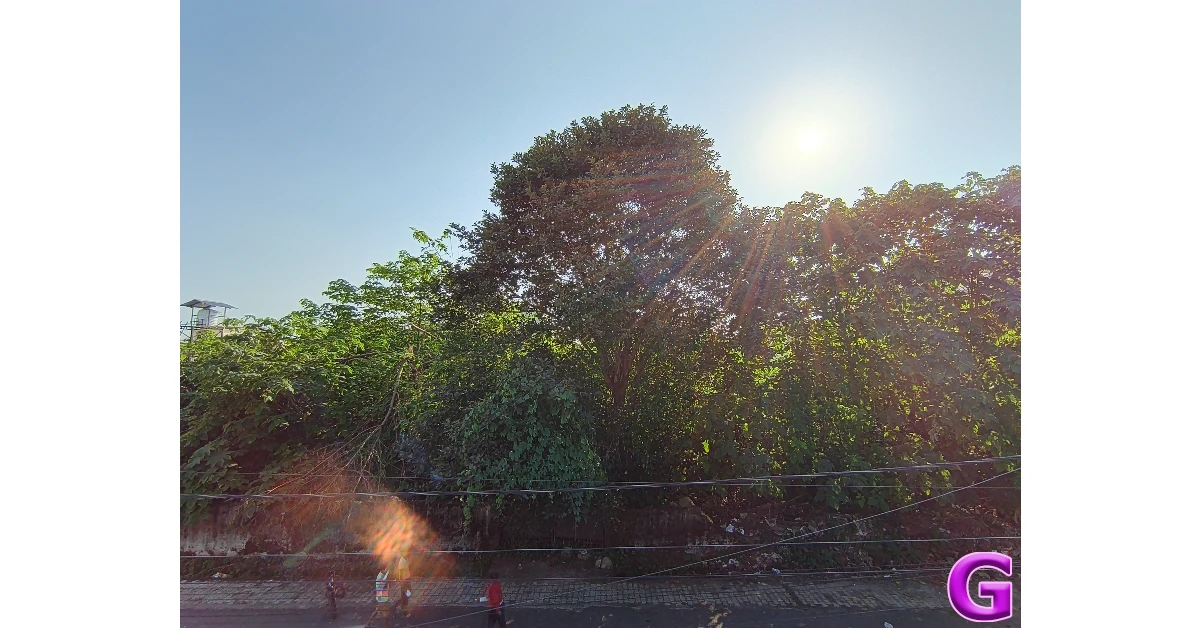
The portrait shots taken by the GT 30 are vibrant and well-focused. The smartphone does an excellent job of separating the subject from the background and applying a strong blur effect. The 13MP front-facing camera takes clear selfies, but tends to overprocess the shots. The primary shooter and selfie camera can record 4K videos at 30fps. Meanwhile, the ultrawide sensor can shoot 2K footage at 30fps.

Read Also: Telegram Update adds Comments in Group Calls, Notes for Contacts, Suggested Birthdays and More
Verdict
The Infinix GT 30 Pro sets the benchmark in performance, hardware, and features in the sub-Rs 20,000 price segment. Its campy design doesn’t hesitate to embrace the gaming aesthetics. The LED lights on the back panel are a nice touch. The AMOLED panel is bright, fluid, and super responsive. The MediaTek Dimensity 7400 processor can handle any task you throw at it, including heavy gaming. If you’re a BGMI player, you will enjoy the 90fps frame rate that this phone is able to unlock in the game. What we like about this phone is that it doesn’t put all its eggs in the gaming basket. For casual users, it offers a versatile camera performance and an expansive set of AI features.
Pros
- Cool design
- Bright display
- Good processor
- AI features
Cons
- Could’ve had faster charging


